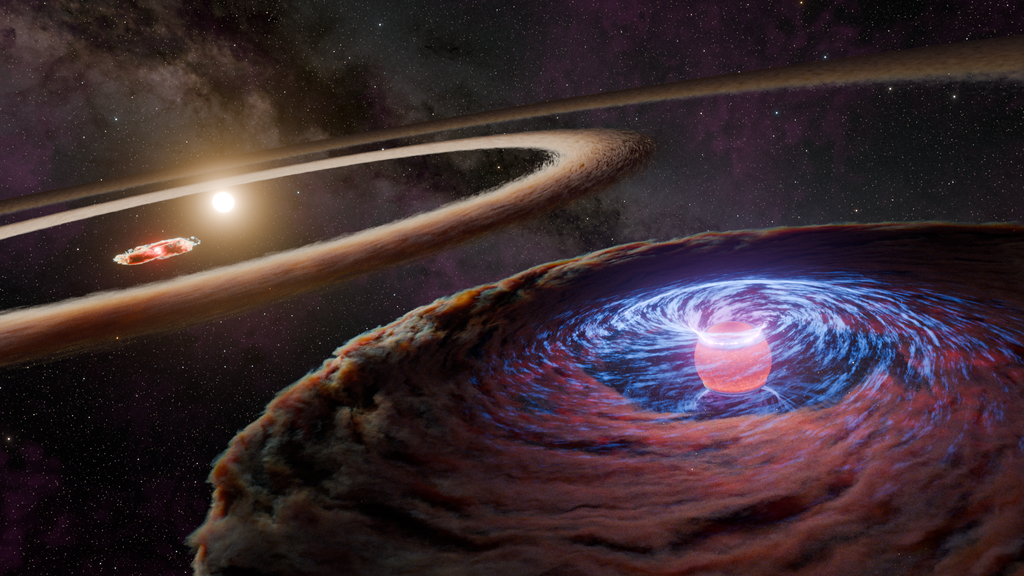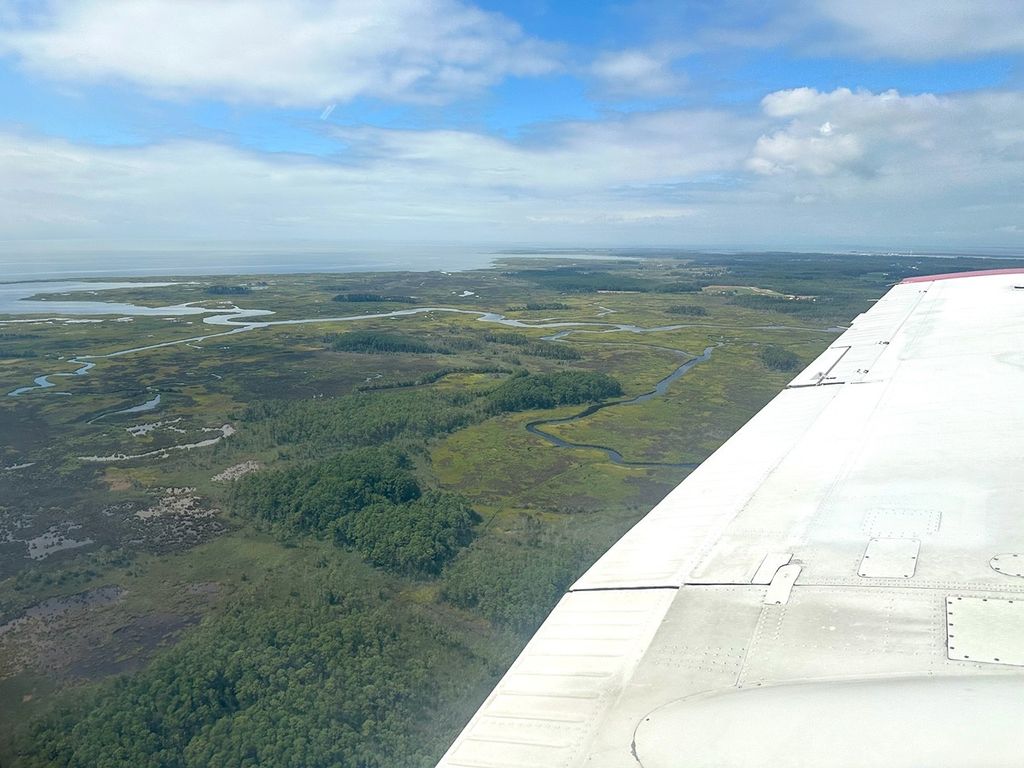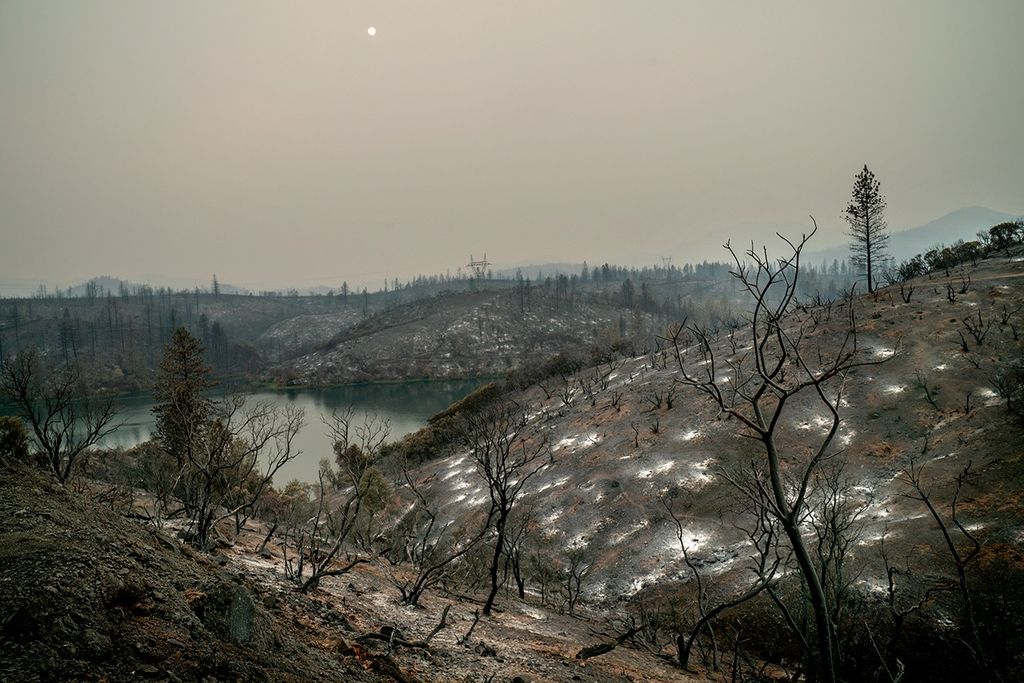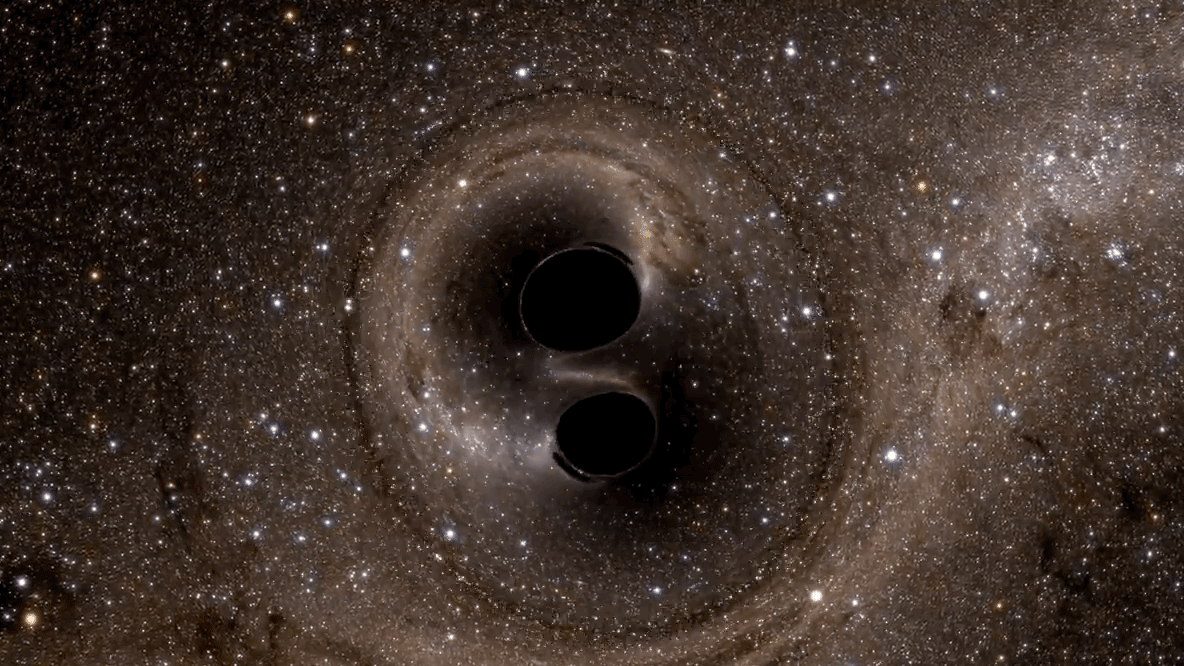Spotlite Design Challenge: Aurora Happenings


Developed in Collaboration with NASA Heliophysics Education Activation Team (NASA HEAT).
Follow these steps to think and act like scientists as you dig through data and experiment to support a claim that confronts a misconception.
- Select one of the MISCONCEPTIONS and its related CLAIM to investigate.
- Do your own RESEARCH by conducting investigations to gather data and collect evidence to support your claim.
- Review the Criteria for the Spotlite video.
- Create the Spotlite video.
Identify the problem: You are challenged to gather and share evidence to confront misconceptions about aurora, also known as the northern and southern lights. Create a video that captures your questions and findings.
Aurora occur when:
- The solar wind excites the molecules in Earth's upper atmosphere.
- The oxygen and nitrogen atoms get so excited that they bump into one another, knocking off electrons, causing a light display in the sky.
MISCONCEPTION 1: Aurora occurs at night so it can't be caused by the Sun.
CLAIM: Aurora is caused by the solar wind, which is a constant stream of particles emitted from the Sun.
Demonstration and Experimentation Ideas
Activity
Discover how the solar wind, Earth's magnetic field, and Earth's atmosphere interact to create an aurora through a dance.
Activity
Create an aurora bracelet that symbolizes the gas particles responsible for creating an aurora.
MISCONCEPTION 2: Aurora only occurs at the poles
CLAIM: Aurora is most commonly seen at the poles, but when the solar wind intensifies (due to solar storms) the aurora can be seen at lower latitudes.
Demonstration and Experimentation Ideas
Activity
Explore current solar wind and magnetic field data to predict auroral activity.
Activity
Check out these webcams to look for visible aurora.
NASA cares about the safety of all learners!
Safety is important anytime you conduct a science investigation. Common sense guidelines should govern all work.
- Keep all workspaces neat and organized.
- Wear appropriate personal protective equipment, such as closed-toed shoes.
- Follow directions and ask for clarification.


























